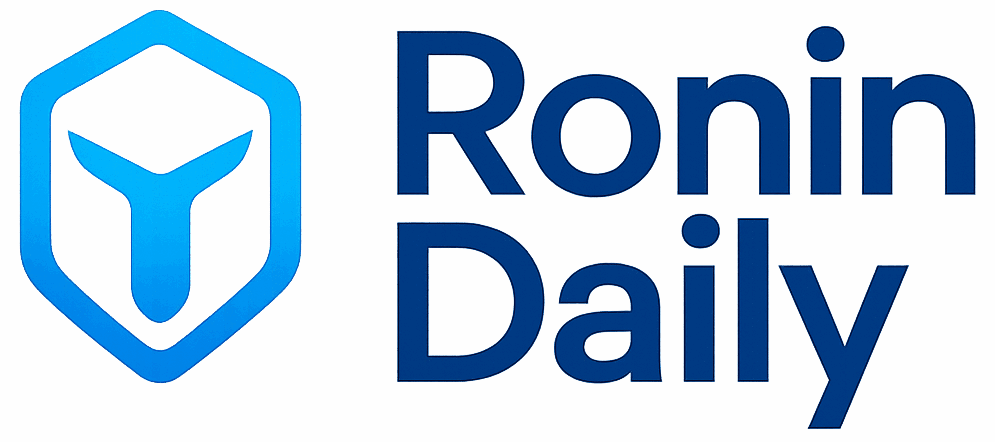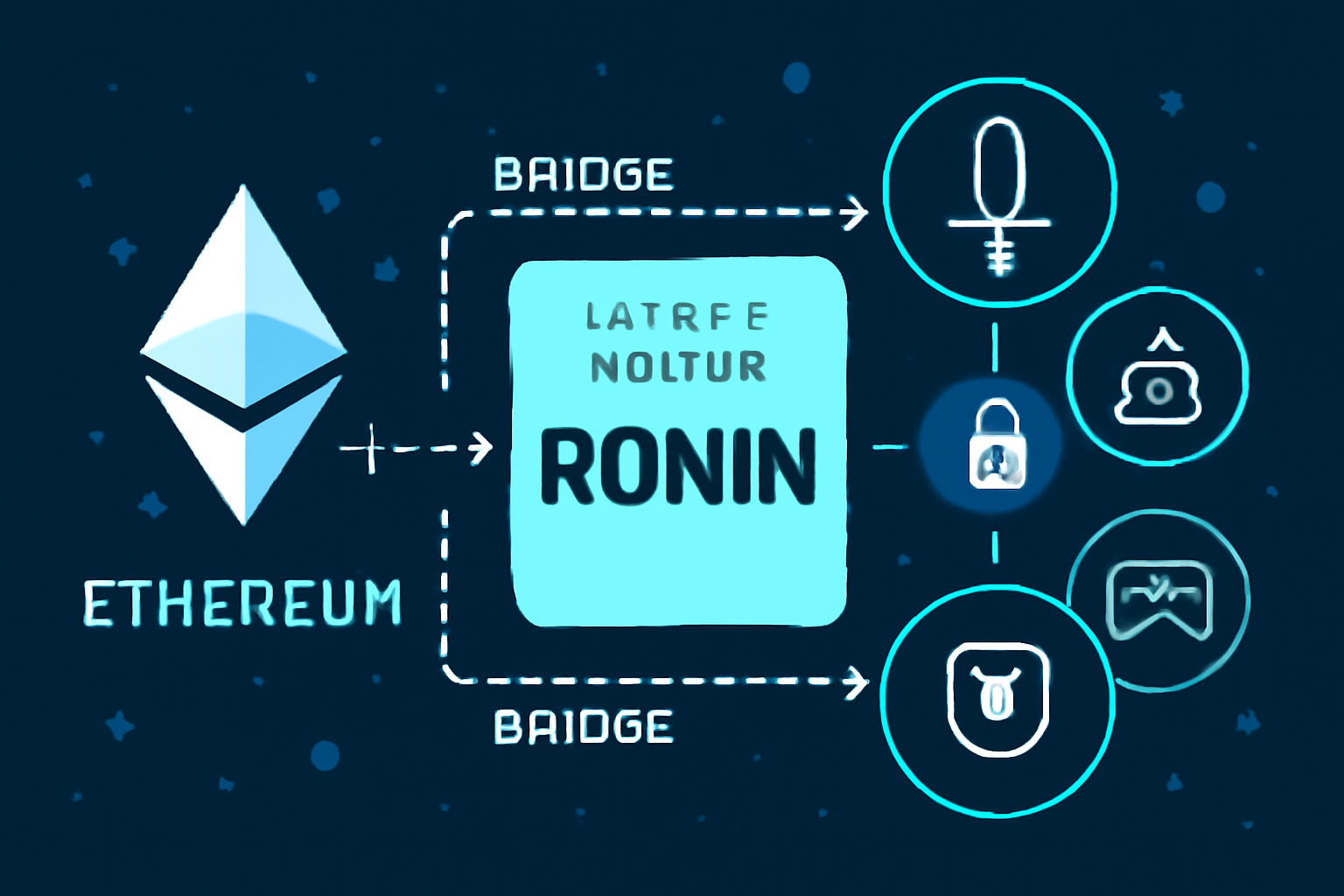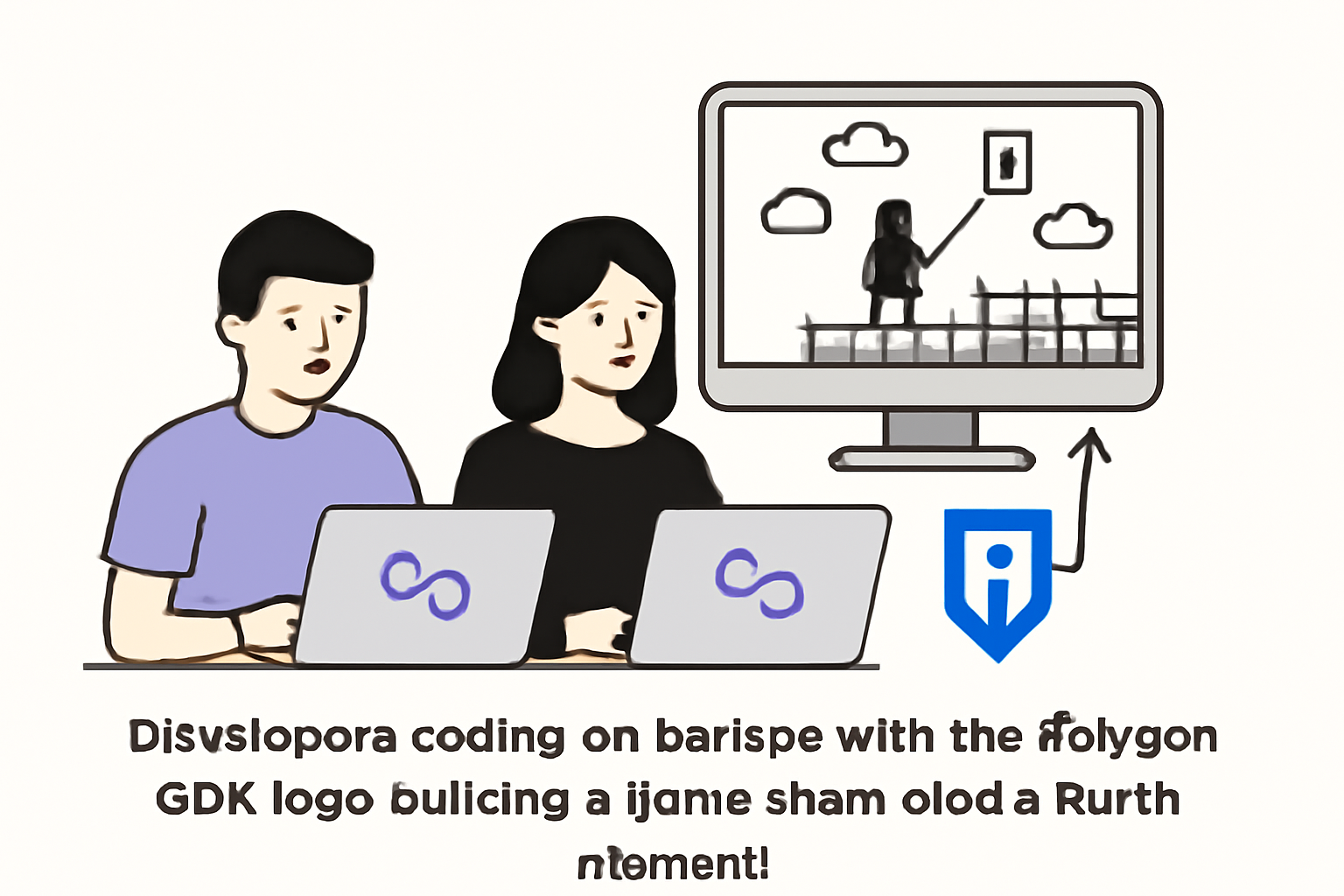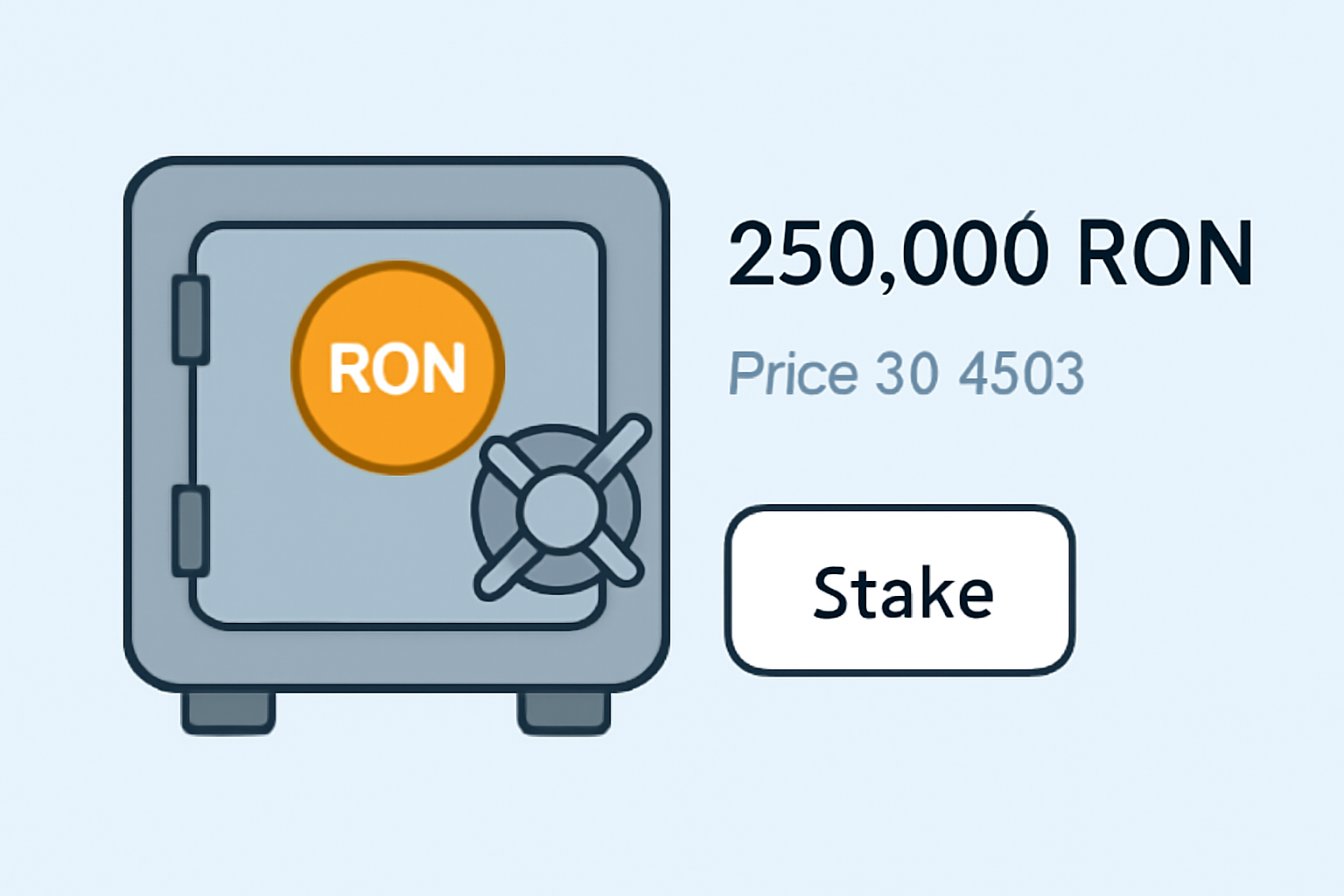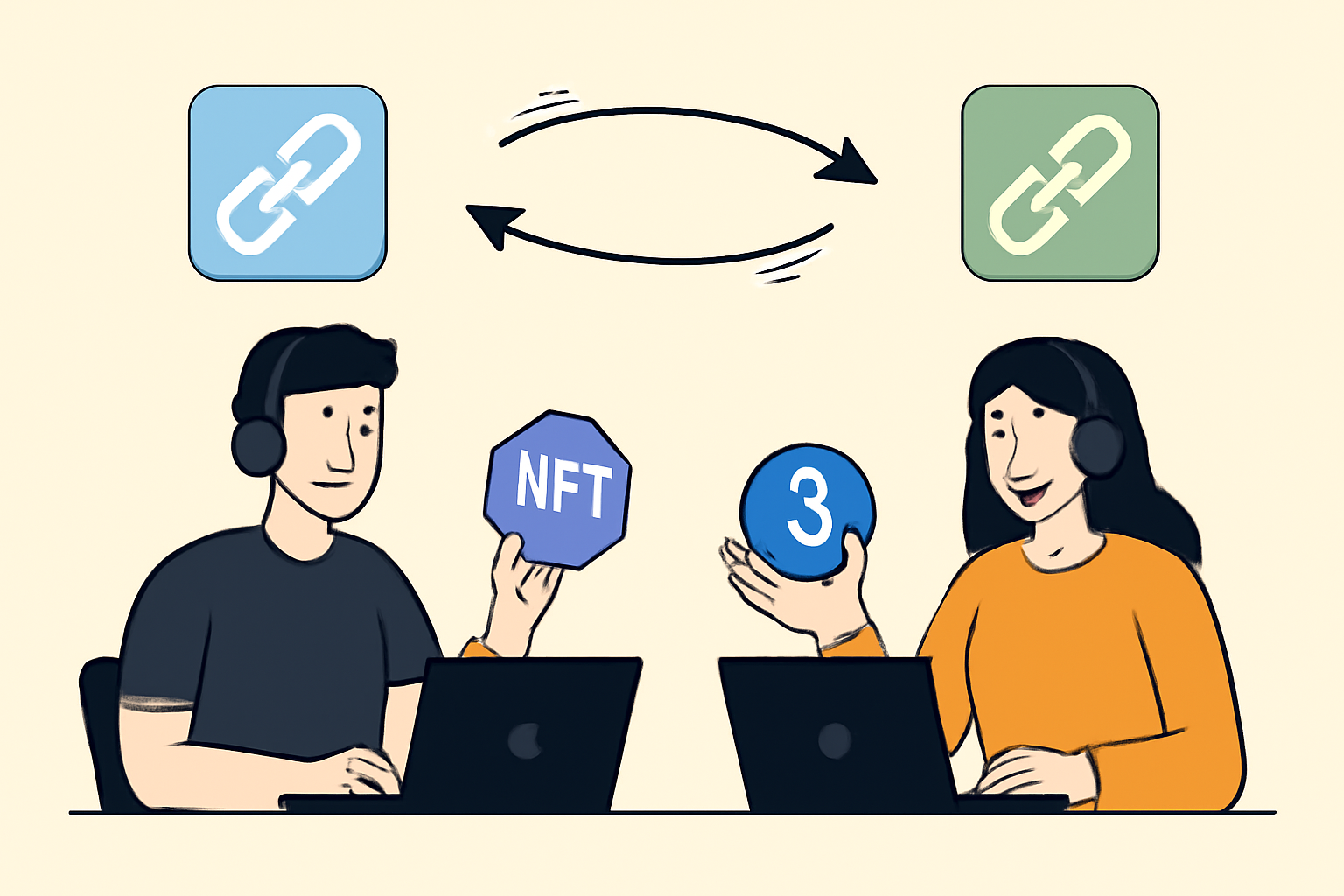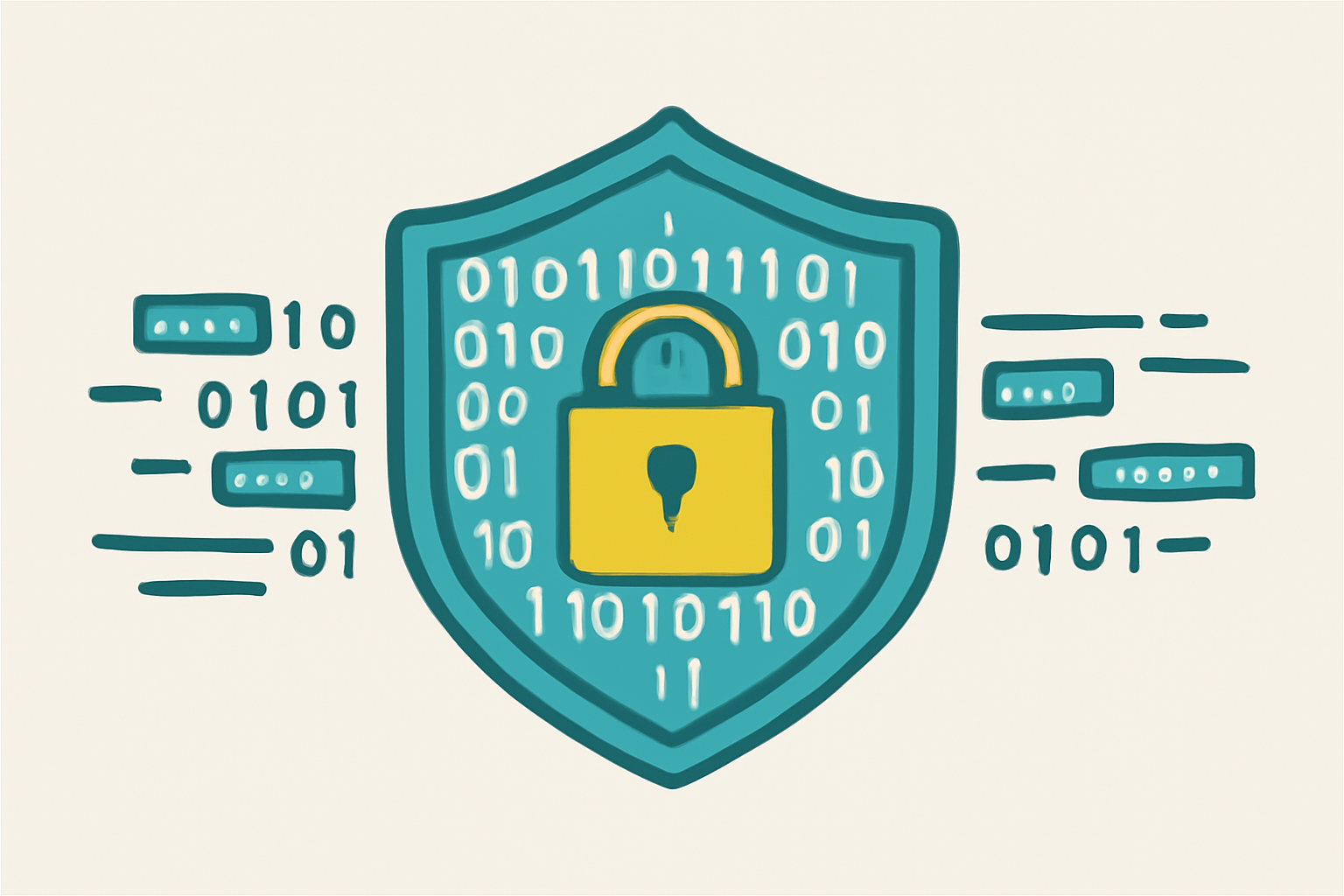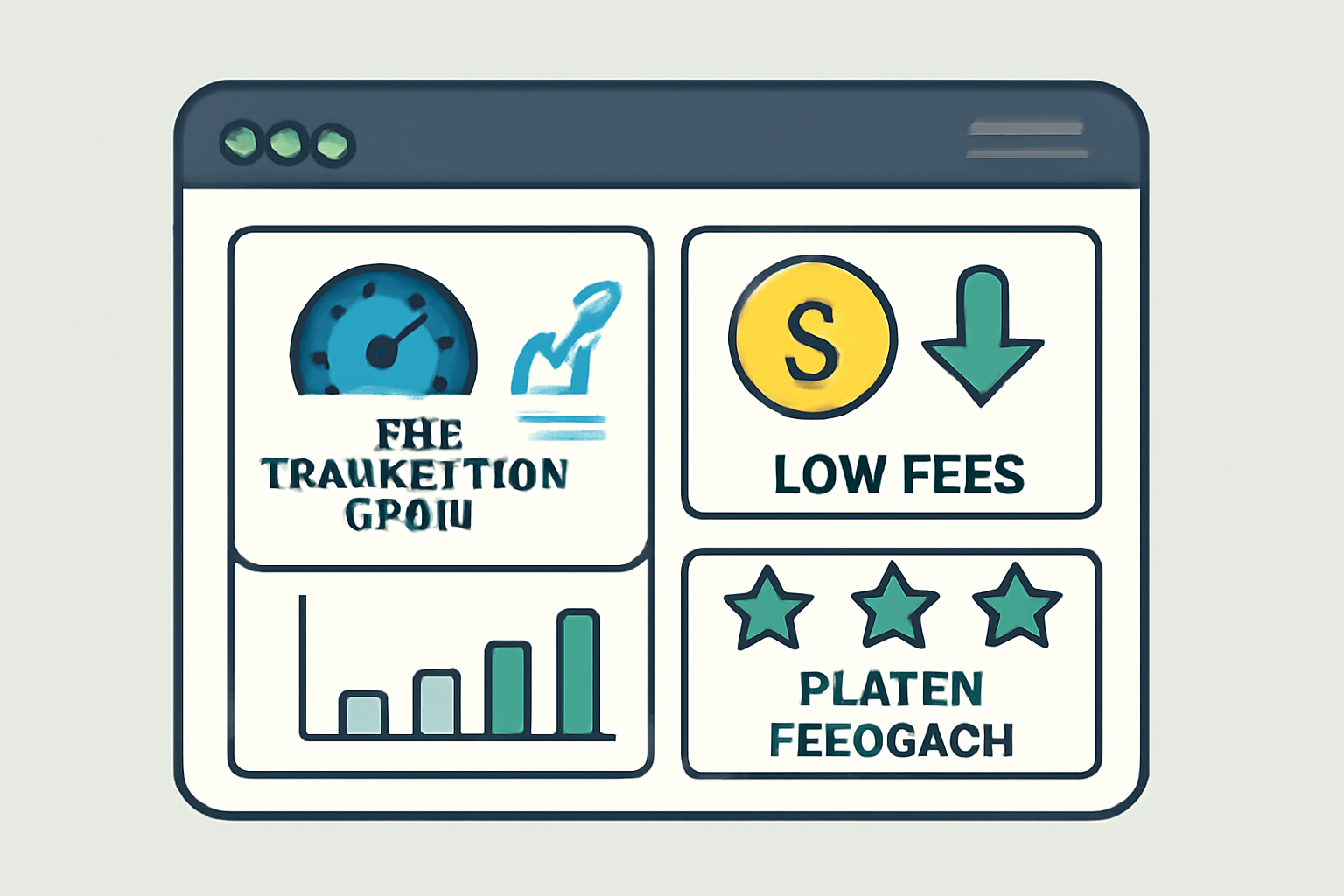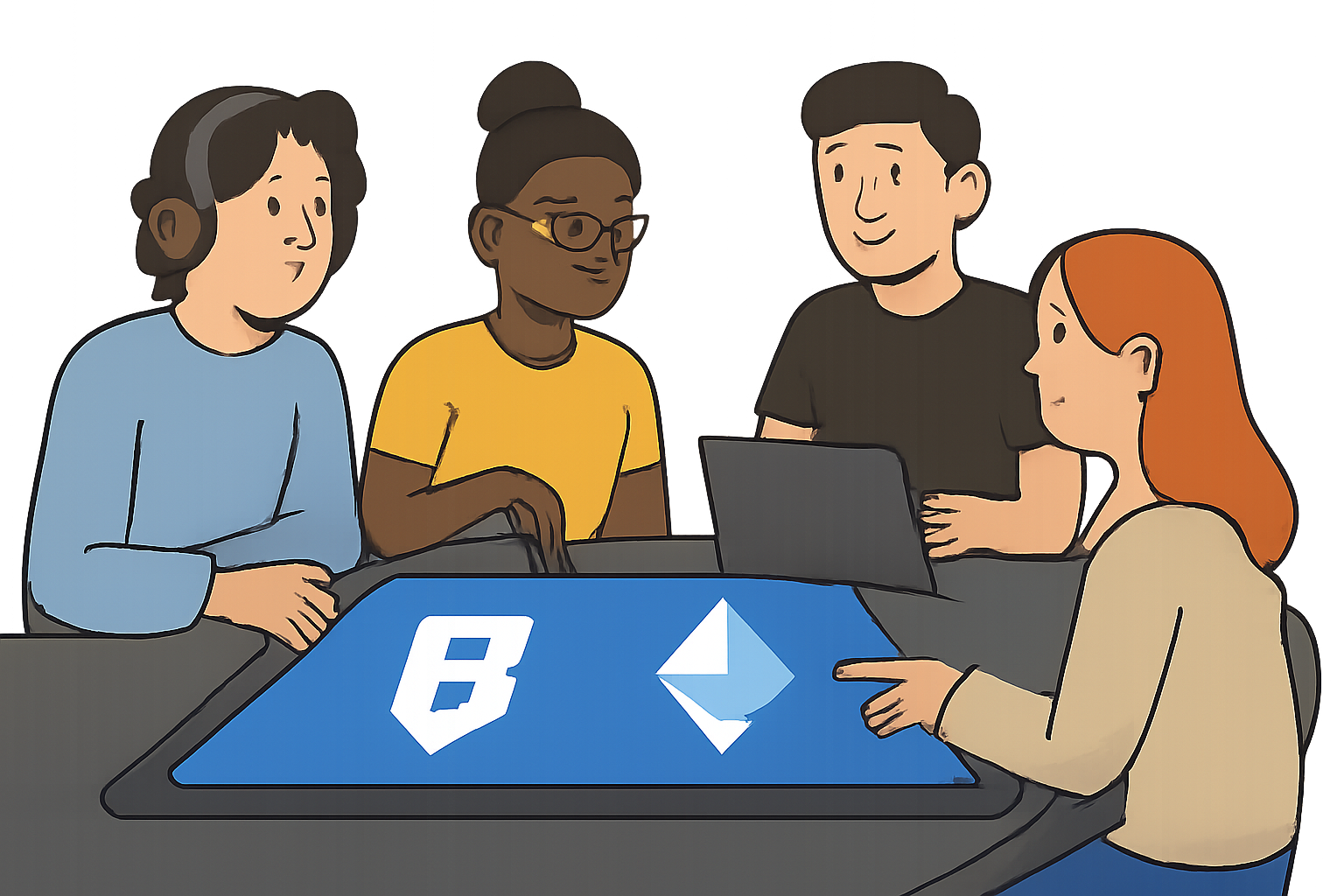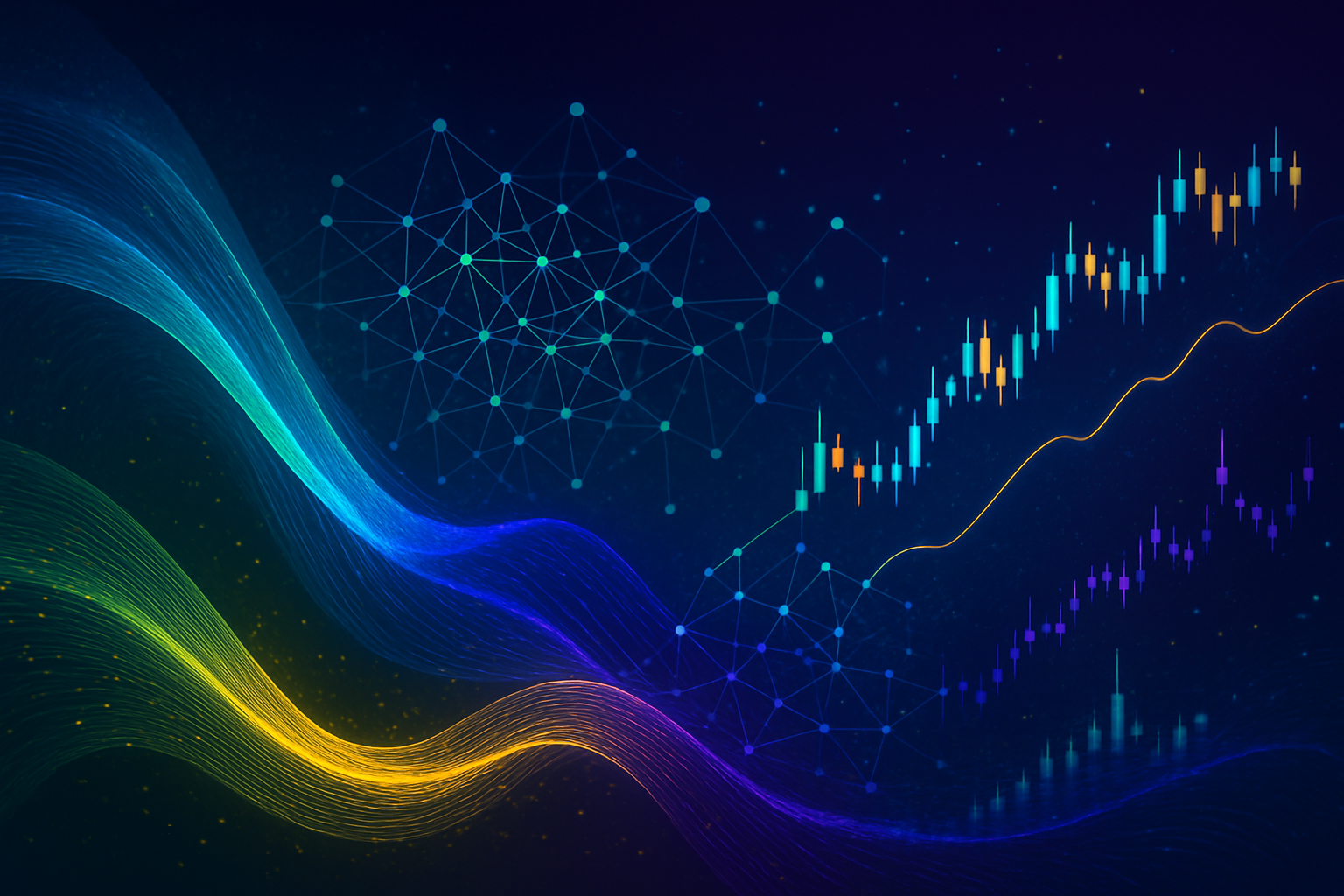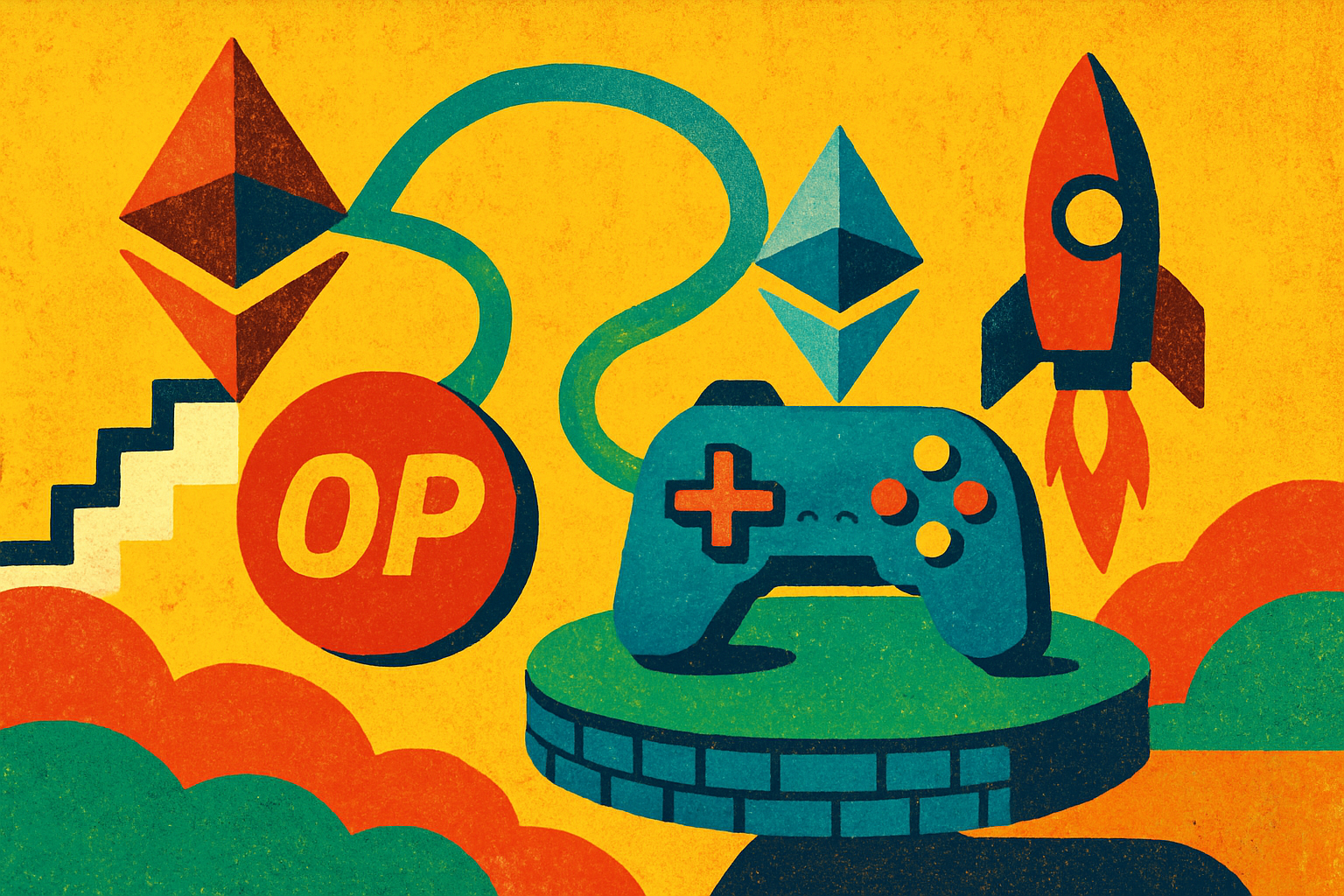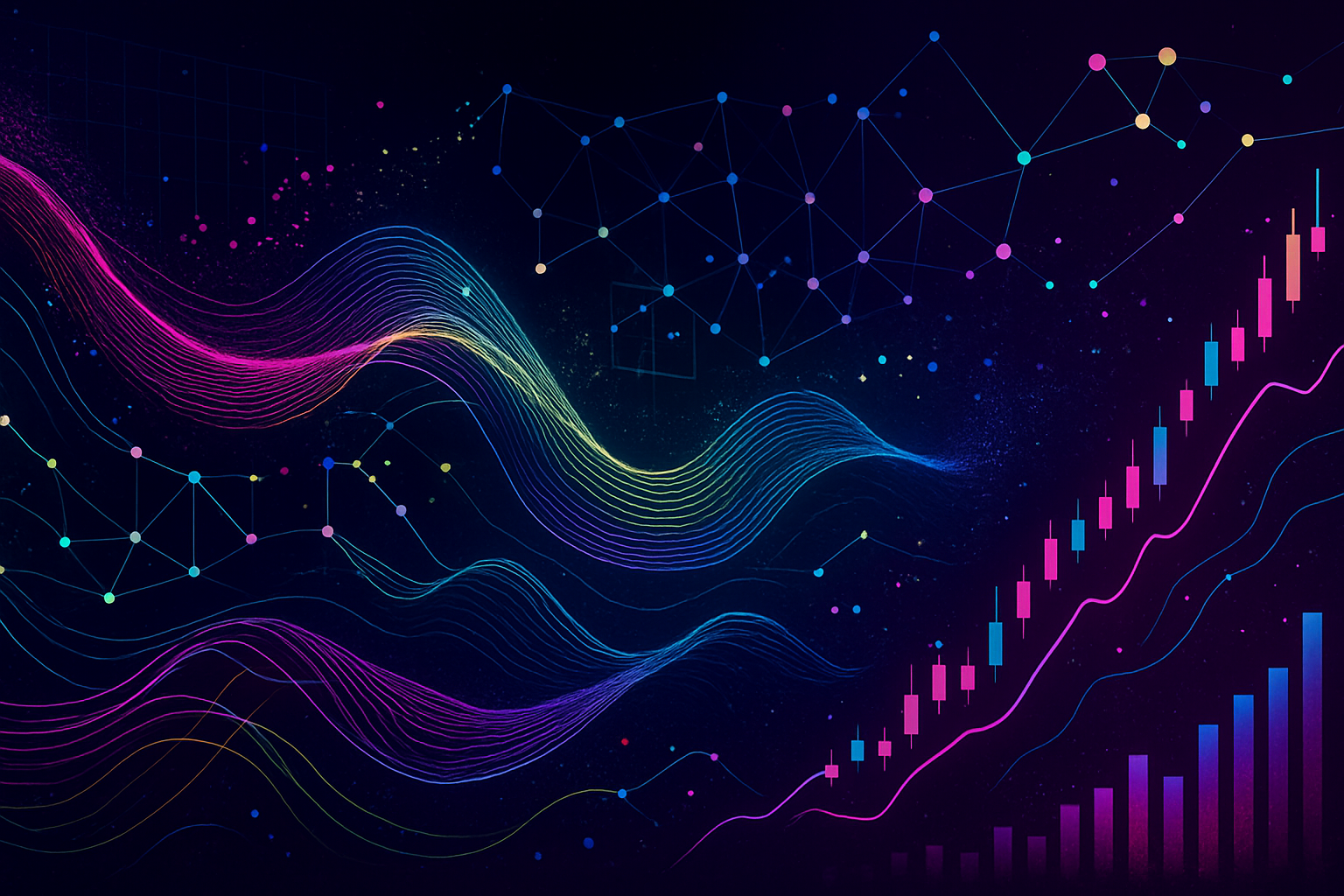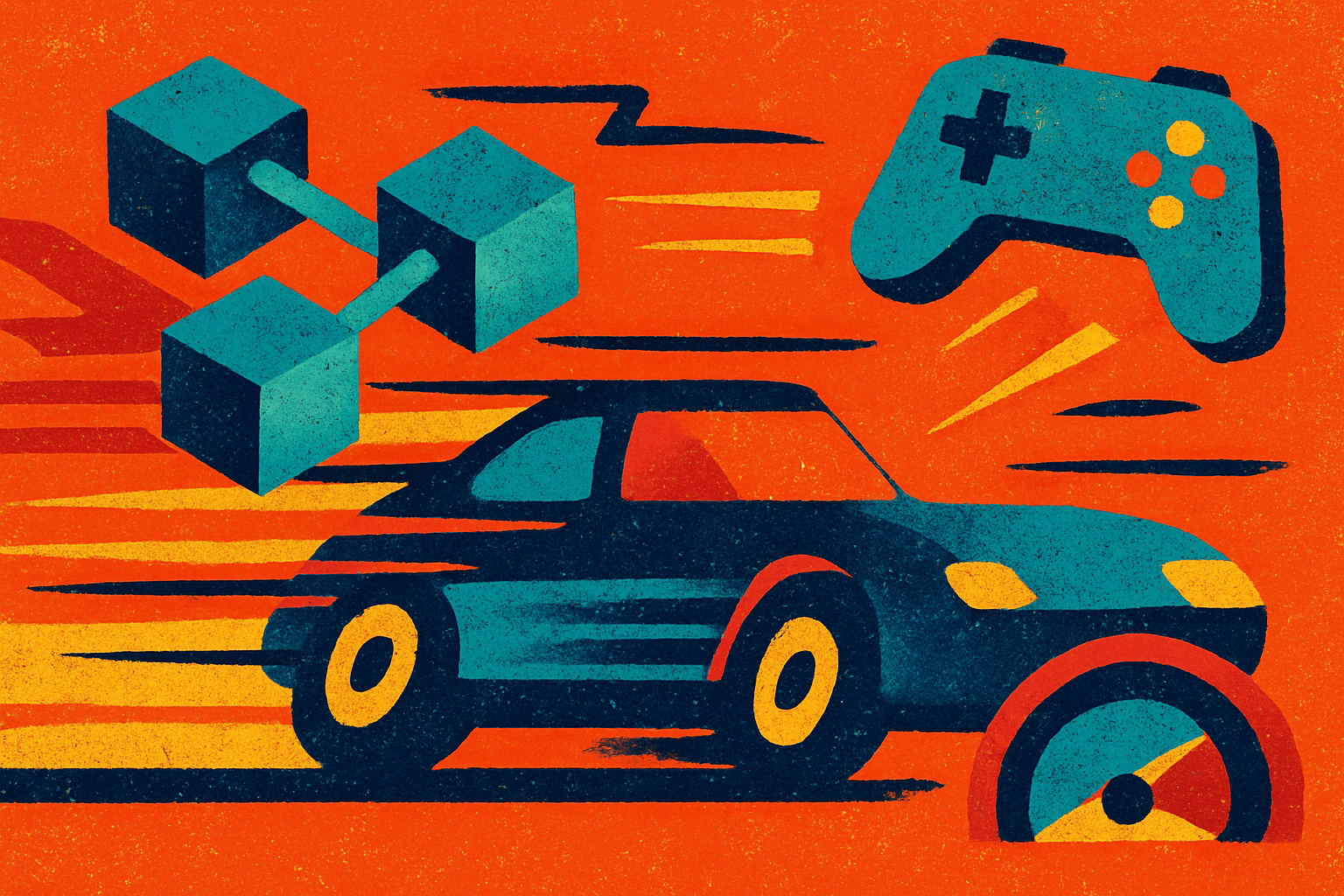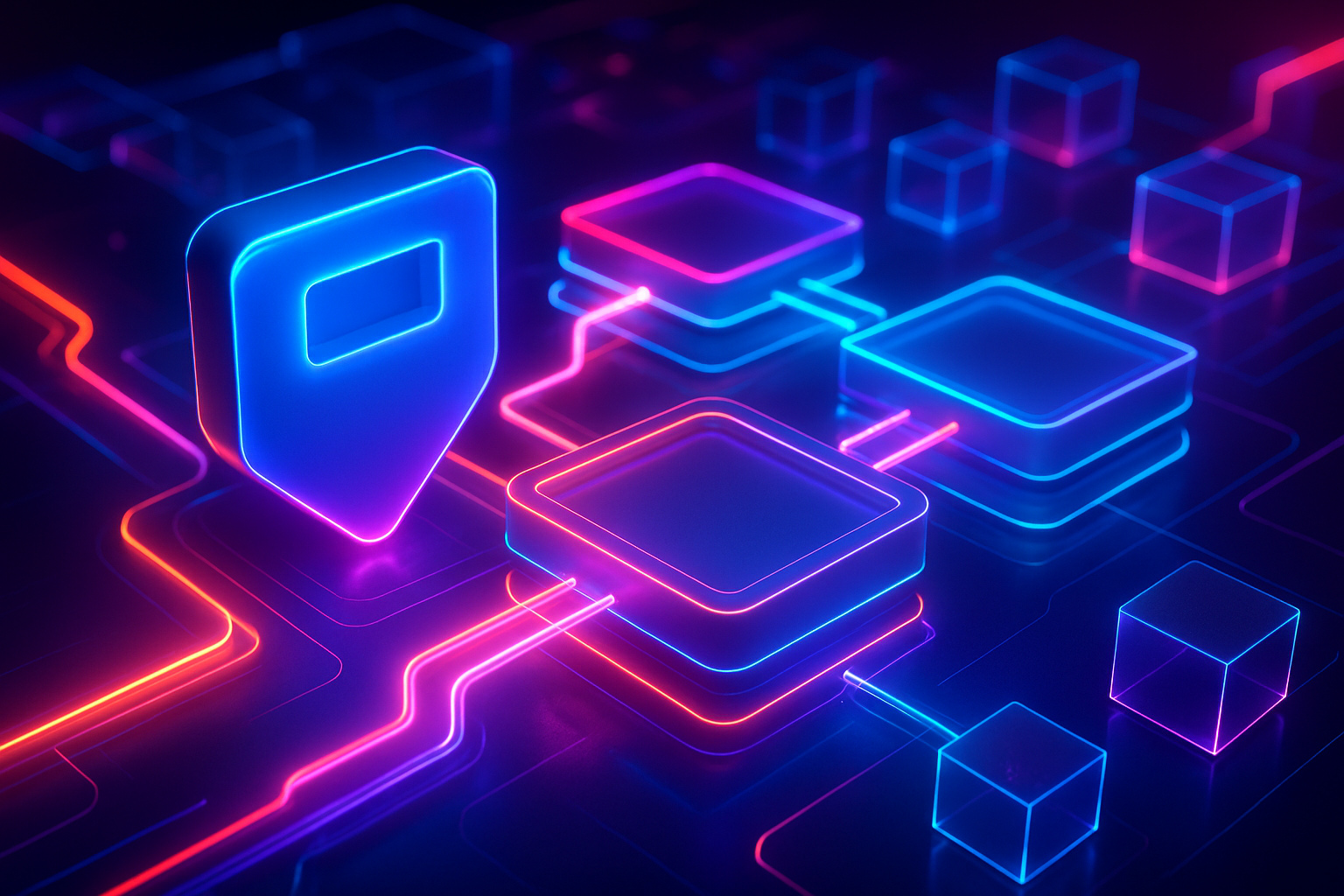
Web3 gaming is entering a new era of scale and accessibility, and Ronin Layer 2 rollups are at the heart of this transformation. After dominating headlines as the backbone for Axie Infinity, Ronin has made a strategic leap: transitioning from an Ethereum sidechain to a full-fledged Layer 2 (L2) solution. This move is not just technical – it signals a profound shift in how blockchain games will handle millions of players, assets, and transactions without bottlenecks or prohibitive costs.
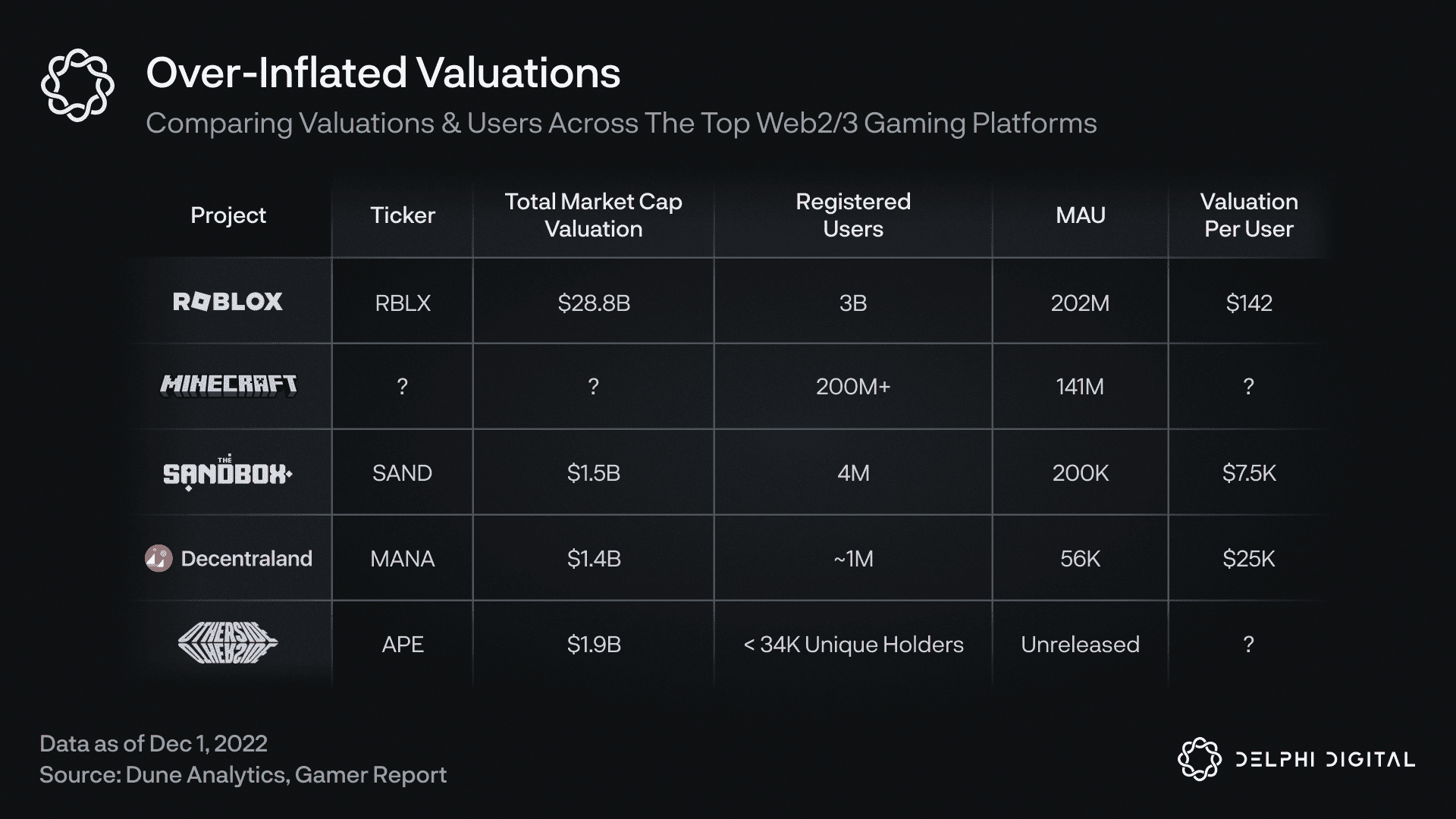
Ronin’s Layer 2 Evolution: From Sidechain to zkEVM Powerhouse
The decision to evolve Ronin into a modular L2 platform was catalyzed by Ethereum’s resurgence and the growing demand for high-throughput gaming environments. As highlighted by Ronin Blog, Ronin now leverages zero-knowledge Ethereum Virtual Machine (zkEVM) technology, enabling developers to launch custom L2 chains on top of the Ronin mainnet using Polygon’s Chain Development Kit (CDK). This modular approach means multiple rollups can run concurrently, each specializing in distinct game mechanics or NFT functionality.
What does this mean for scalability? With zkEVMs in play, Ronin is expected to process hundreds of millions – potentially billions – of daily transactions. For context, legacy blockchains like Ethereum have struggled with congestion and high fees during peak demand. By contrast, Ronin’s architecture promises up to 12x faster transaction speeds and dramatically lower gas fees (source). This unlocks experiences that were previously unthinkable: real-time multiplayer battles, complex economies, and seamless cross-game asset transfers.
Unlocking Web3 Game Scalability with Rollups
The core innovation behind Ronin scalability lies in its rollup-centric design. Rollups batch thousands of transactions off-chain before submitting succinct proofs back to Ethereum for finality. This not only accelerates throughput but also inherits Ethereum’s battle-tested security via zero-knowledge proofs. As noted by NFT and GameFi, zkEVM integration enhances privacy while reducing the risk of data breaches – essential for games dealing with valuable NFTs and sensitive player data.
The result? Developers can build intricate game worlds without worrying about network slowdowns or pricing out their users with high transaction costs. Players enjoy instant swaps, NFT trades, and gameplay interactions across both L1 and L2 ecosystems – all underpinned by robust cryptographic guarantees.
Economic Alignment: The RON Token Staking Model
No discussion about Ronin rollup gaming is complete without examining its revamped economic incentives. To deploy a zkEVM chain on Ronin’s new L2 stack, developers must stake 250,000 RON tokens – directly tying their project’s success to the health of the broader ecosystem. At today’s price of $0.4903 per RON, this requirement not only increases token utility but also strengthens validator participation through higher staking rewards (source). The alignment between builders and network security has never been tighter.
- Current RON Price: $0.4903 (as of writing)
- 24h Change: $-0.0146 (-0.0289%)
- 24h High: $0.5168 and nbsp; or and nbsp; 24h Low: $0.4903
This model ensures that as more games launch on Ronin L2, demand for RON grows organically – creating a positive feedback loop that benefits both early adopters and long-term investors alike.
As Ronin cements its role as Ethereum’s gaming engine, the impact on Web3 game scalability becomes increasingly clear. By aligning technical innovation with robust economic incentives, Ronin L2 rollups are setting the stage for an entirely new class of blockchain-powered games, ones that can support millions of concurrent users, cross-chain economies, and immersive real-time experiences without compromise.
How Ronin Rollups Are Changing the Game for Developers and Players
The modular nature of Ronin’s zkEVM stack means developers are no longer bound by infrastructure bottlenecks. Each custom rollup can be tailored to a game’s unique requirements: whether it’s high-frequency trading for NFT marketplaces, rapid-fire transactions for esports tournaments, or complex logic for metaverse experiences. This flexibility is vital in a landscape where user expectations are rising and competition is fierce.
For players, this translates to tangible improvements: near-instant asset swaps, negligible gas fees, and seamless onboarding across multiple games and chains. The days of waiting minutes, or even hours, for transactions to settle are over. Instead, gamers can focus on strategy, collaboration, and creativity within expansive digital worlds powered by Ronin scalability.
Security remains paramount throughout this evolution. By leveraging zero-knowledge proofs in every rollup batch submission, Ronin inherits Ethereum’s security while enhancing privacy. Sensitive player data and valuable NFTs remain shielded from prying eyes or malicious actors, a critical advantage as blockchain gaming moves into mainstream adoption.
The Road Ahead: What’s Next for Ronin L2 and Blockchain Gaming?
The transition to a Layer 2 powerhouse is only the beginning. With Ethereum’s upcoming Pectra hard fork and Fusaka upgrade set to further boost L2 scalability in 2025-2026, Ronin is positioning itself at the center of Web3 innovation (source). Chain abstraction will allow even greater interoperability between games and blockchains, enabling frictionless movement of assets across ecosystems.
Moreover, the introduction of new tokenomics models designed to reward both developers and users creates powerful incentives for ecosystem growth. As more third-party studios deploy their own custom L2 chains atop Ronin using Polygon CDK, network effects will compound, attracting talent, capital, and players from across the globe.
Current market data underscores this momentum:
| RON Price | 24h Change | 24h High | 24h Low |
|---|---|---|---|
| $0.4903 | $-0.0146 (-0.0289%) | $0.5168 | $0.4903 |
The path ahead is ambitious but achievable, and those building on Ronin today are poised to define what blockchain gaming looks like tomorrow. As technical upgrades continue to roll out through 2026 and beyond, expect Ronin Layer 2 rollups to remain at the forefront of scalable Web3 entertainment.
